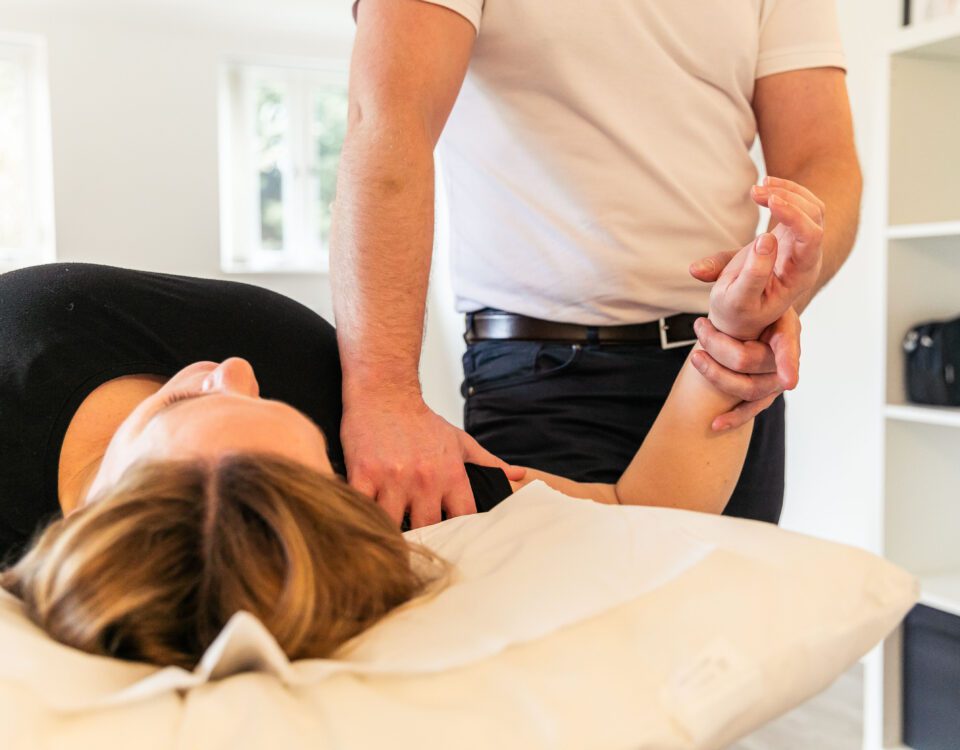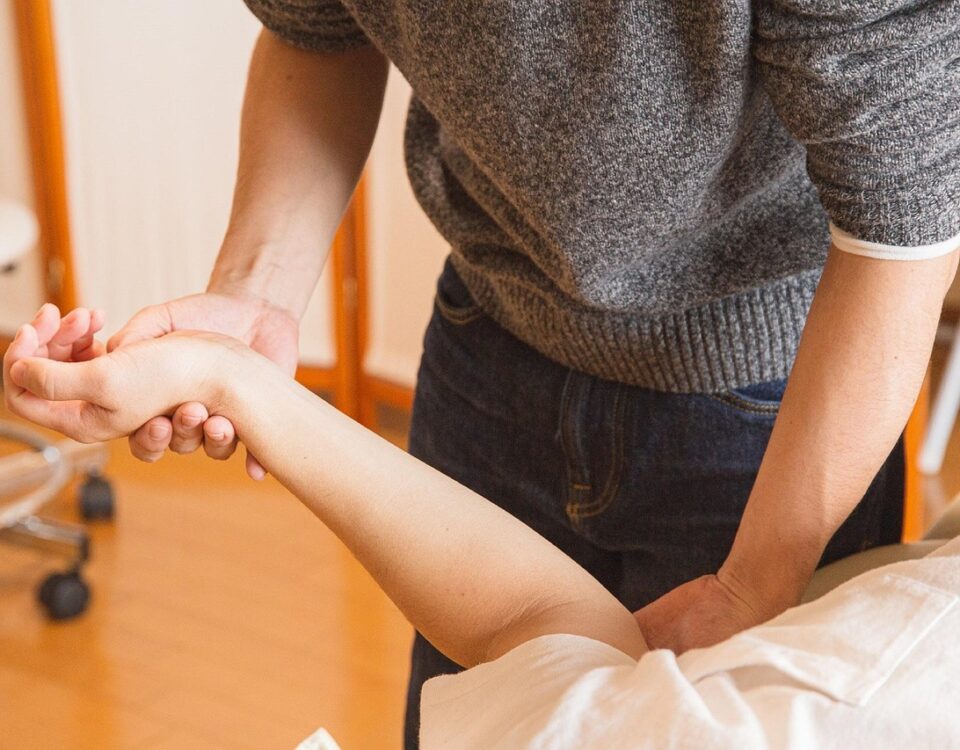
Osteopathy for Desk Workers
6 March 2024
Posture and Back Pain – Debunking the Common Myths
16 April 2024The Ultimate Guide for Recovery After A Half Marathon: Some Simple Strategies for Optimal Healing
Completing a half marathon is a significant achievement that requires dedication, training, and mental toughness. However, the journey doesn’t end at the finish line. Proper recovery after a half marathon is crucial for allowing your body to heal, rebuild, and ultimately become stronger. In this comprehensive guide, we’ll explore various strategies and techniques to help you recover effectively from a half marathon, ensuring you bounce back stronger and ready for your next challenge.
Rest and Active Recovery:
After crossing the finish line, your body needs time to rest and recover from the intense physical exertion of the race. Resting doesn’t mean complete inactivity; instead, it involves allowing your body to recuperate while engaging in gentle activities that promote healing. Here’s how you can approach rest and active recovery after a half marathon:
Rest: Ensure you prioritise sleep in the days following the race. Sleep is essential for muscle repair, hormone regulation, and overall recovery. Aim for 7-9 hours of quality sleep each night.
Gentle Movement: While rest is crucial, light, low-impact activities like walking, cycling, or swimming can promote blood flow to tired muscles, aiding in recovery. Keep these activities easy and enjoyable, focusing on mobility rather than intensity.
Stretching and Foam Rolling: Incorporate gentle stretching and foam rolling sessions to alleviate muscle tightness and improve flexibility. The main areas to focus on are the calves, hamstrings, quads and glutes. Try to avoid being overly aggressive when stretching as that could cause further stress. To give you some ideas here are some easy to follow videos of stretches for each of these areas.
Check out our YouTube channel for more great stretches here.
Hydration and Nutrition:
Proper hydration and nutrition are vital components of effective recovery. Your body needs adequate nutrients to repair muscle tissue, replenish glycogen stores (the fuel for your muscles made from the food you eat), and support overall recovery.
Follow these guidelines for optimal hydration and nutrition post-race:
Hydration: Aim to consume at least 30-35 grams of water per kilogram of body weight throughout the day. Electrolyte-rich beverages or coconut water can also help replenish electrolytes lost through sweat.
Nutrient-Rich Foods: Focus on consuming a balanced diet rich in lean proteins, complex carbohydrates, healthy fats, and micronutrients. Aim for approximately 1.2-1.7 grams of protein per kilogram of body weight to support muscle repair and growth. Additionally, aim for 6-10 grams of carbohydrates per kilogram of body weight to replenish glycogen stores and provide energy for recovery.
Timing: Eat regular meals and snacks throughout the day to provide your body with a steady supply of nutrients. Aim to eat a combination of carbohydrates and protein within 30 minutes to an hour post-race to kickstart the recovery process.
Recovery Techniques:
Various recovery techniques can complement your post-race routine and accelerate the healing process. While some may require professional assistance, others can be easily incorporated into your recovery plan:
Ice Baths: Immersing yourself in cold water can reduce inflammation, numb sore muscles, and promote recovery. Fill a bathtub with cold water and add ice cubes for an invigorating ice bath post-race. Aim to stay in the ice bath as long as you can but do not exceed 15 mins. This will ensure that you experience the benefits without risking discomfort or potential skin damage from prolonged exposure to cold temperatures. If its your first time in an ice bath then keep it short and build up slowly.
Compression Garments: Compression garments like socks, sleeves, or tights apply gentle pressure to the muscles, improving blood circulation and reducing swelling. Wear compression gear during and after the race to aid in recovery.
Massage Therapy: A professional massage can help release tension, improve circulation, and promote muscle recovery. Alternatively, self-massage using foam rollers, massage balls, or handheld massagers can be effective in targeting specific areas of soreness.
Osteopathic Care:
Osteopathy is a holistic approach to healthcare that focuses on treating the body as a whole and helping to maximising its ability to heal itself. While osteopaths can provide specialised treatment for sports-related injuries, they also play a valuable role in recovery after a half marathon without solely focusing on osteopathic techniques. Here’s how osteopathy can support your recovery and help get you ready for your next race:
Manual Therapy: Osteopaths are trained in various manual techniques, including soft tissue manipulation, joint mobilisation, and stretching. These techniques can help alleviate muscle tension, improve joint mobility, and facilitate the body’s natural healing processes.
Injury Prevention: Osteopaths assess your biomechanics, posture, and movement patterns to identify potential areas of weakness or imbalance. By addressing these issues proactively, they can help prevent injuries and optimise your performance in future races.
Individualised Treatment Plans: Osteopathic care is highly personalised, with treatment plans tailored to each individual’s unique needs and goals. Whether you’re recovering from a specific injury or seeking general support post-race, an osteopath can develop a comprehensive plan to address your concerns and promote optimal recovery.
To get booked in for an assessment and treatment plan click here.
Mental and Emotional Recovery:
While physical recovery is essential, don’t overlook the importance of mental and emotional well-being post-race. Completing a half marathon is a significant accomplishment that can evoke a range of emotions, from pride and joy to exhaustion and disappointment. Here are some strategies to support your mental and emotional recovery:
Reflect and Celebrate: Take time to reflect on your race experience, acknowledging both your achievements and areas for improvement. Celebrate your success, no matter how small, and recognise the dedication and effort you put into training and completing the race.
Set New Goals: Use the post-race period as an opportunity to set new goals and challenges for yourself. Whether it’s improving your race time, tackling a longer distance, or exploring different types of races, setting goals can help maintain motivation and focus moving forward.
Practice Self-Care: Prioritise self-care activities that nourish your mind and body, whether it’s reading a book, spending time with loved ones, or indulging in a relaxing bath. Taking care of yourself mentally and emotionally is just as important as caring for your physical well-being.
Recovering from a half marathon requires a comprehensive approach that addresses both the physical and emotional aspects of healing. By incorporating rest, hydration, nutrition, recovery techniques, and osteopathic care into your post-race routine, you can optimise your recovery after a half marathon and set yourself up for future success. Remember to listen to your body, be patient with the process, and celebrate your achievements along the way. With dedication and perseverance, you’ll emerge from the recovery period stronger, more resilient, and ready to conquer your next challenge.



